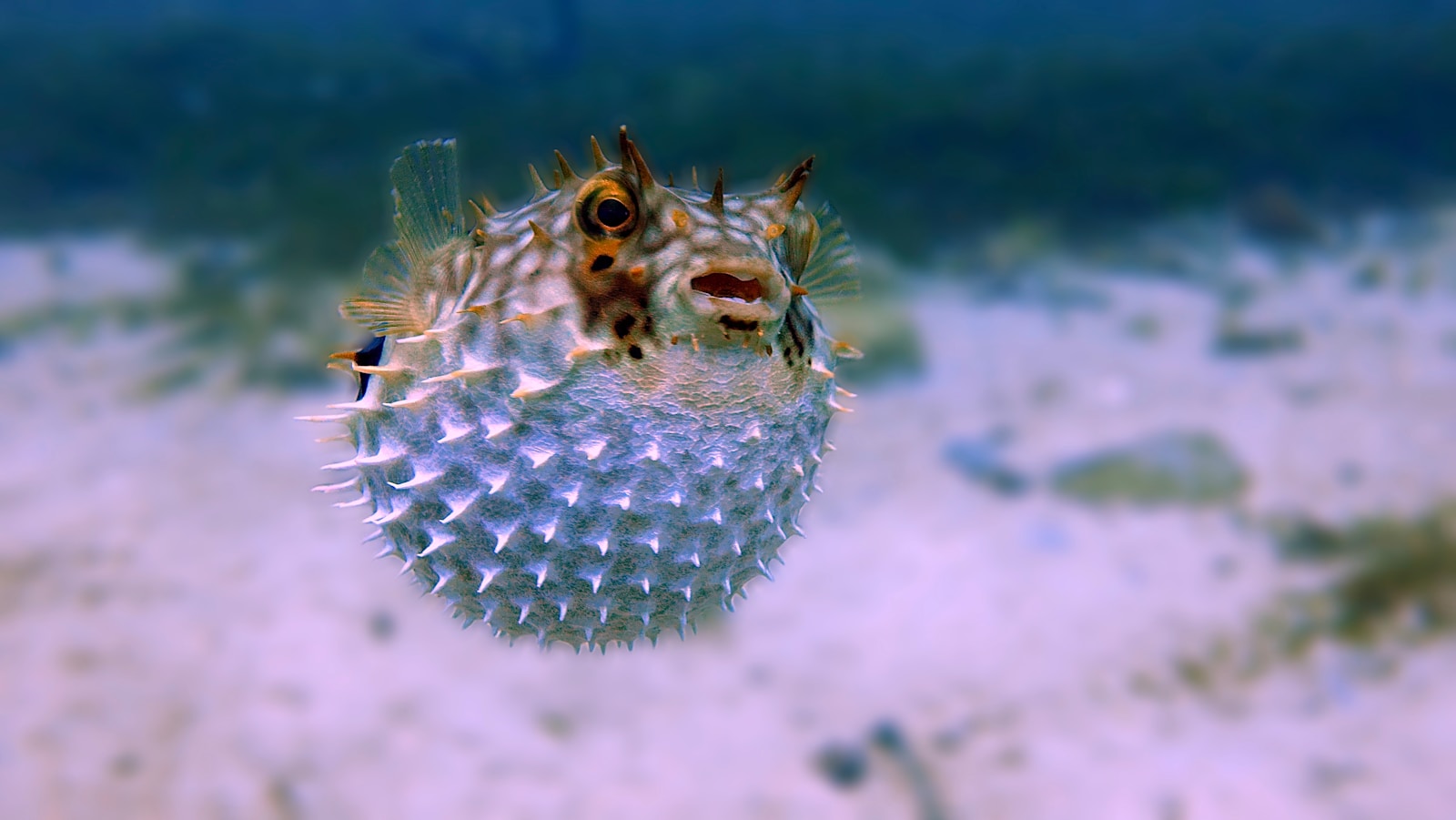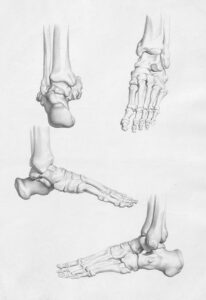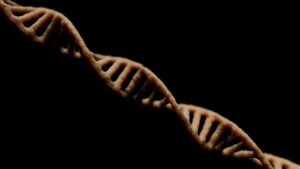Pufferfish, also known as blowfish or fugu, are fascinating creatures best known for their ability to inflate to several times their original size when threatened. This unique defense mechanism serves as a powerful deterrent against predators, making pufferfish a curious yet captivating species in the aquatic world. Their unusual ability to transform their bodies almost instantly from a slim fish into a spiny, unpalatable sphere raises many questions: how do they inflate, why do they do it, and what happens within their bodies during inflation?
In this comprehensive guide, we’ll explore the anatomy, physiology, and evolutionary background of pufferfish inflation. By delving into the science behind this unique adaptation, we can better understand how pufferfish utilize this extraordinary mechanism for survival and the complex biological processes that allow them to inflate safely.
Anatomy of a Pufferfish: What Makes Inflation Possible?
The ability of pufferfish to inflate is closely related to their unique anatomical features. Unlike many other fish, pufferfish have specialized bodies that allow for rapid expansion. To understand how inflation occurs, it’s essential to examine their skeleton, skin, and unique muscle and organ structures.
1. Flexible Skin and Skeleton
Pufferfish possess highly elastic skin, which enables them to expand significantly without tearing. This elasticity is due to collagen fibers that make their skin pliable yet durable. Additionally, the internal structure of their bodies is specially adapted for inflation. Pufferfish have relatively short ribs and lack pelvic fins, which frees up space in the abdomen for expansion and prevents internal structures from being compressed during inflation.
Their skull and spine are relatively rigid, providing structural support for their body while other parts expand. The rest of their skeletal system is arranged to be flexible, allowing the fish’s torso to balloon outwards without restriction.
2. Specialized Stomach Sac
The stomach of a pufferfish plays a crucial role in the inflation process. Unlike the stomachs of most animals, the pufferfish’s stomach is highly expandable and serves as a large elastic sac that can hold a significant amount of water or air. When the fish feels threatened, it rapidly swallows water (or, less commonly, air if it’s above the surface) and directs it into this specialized stomach, allowing the body to expand.
3. Muscles for Controlled Inflation
The ability to inflate is controlled by powerful muscles that allow the fish to gulp water and seal off its mouth to trap the water within its stomach. As the pufferfish expands, muscles along the stomach walls stretch and hold the water in place, ensuring that the fish remains inflated until the threat has passed. Once the danger is gone, these muscles relax, and the pufferfish can expel the water to return to its normal shape.
How Does Inflation Happen?
The inflation process in pufferfish is a highly controlled, rapid response involving coordinated muscle movements, water intake, and abdominal expansion. The steps of inflation can be broken down into three main stages: threat detection, rapid water intake, and deflation and recovery.
1. Threat Detection
Inflation is a defense mechanism triggered by the presence of potential predators. Pufferfish have an acute sense of vision and other sensory mechanisms that allow them to detect threats quickly. When a predator approaches, the fish immediately perceives the danger and initiates the inflation process to make itself appear larger and more intimidating.
2. Rapid Water Intake
Once the pufferfish detects a threat, it begins to gulp water rapidly. The fish opens its mouth wide and draws in a large volume of water, which flows down the esophagus and into the expandable stomach. During this process, a special valve in the esophagus prevents water from being regurgitated, ensuring that the water moves directly into the stomach. The pufferfish then closes its mouth tightly, sealing the water inside.
The rapid intake of water is essential for fast inflation, allowing the fish to swell up almost instantly. The entire inflation process can take just seconds, depending on the size and species of the pufferfish.
3. Expansion and Locking Mechanism
As the water fills the stomach, the stomach walls stretch outward, causing the body of the pufferfish to expand into a large, round shape. The flexible skin and musculature allow the fish to expand significantly, often up to three times its original size. During this expansion, the pufferfish’s spines, which are typically flat against its body, protrude outwards, making it appear even more formidable.
The muscles surrounding the stomach hold the water in place, effectively locking the inflation until the fish feels it’s safe to deflate. The locking mechanism ensures that the water remains in the stomach, allowing the fish to stay inflated even if a predator makes contact.
4. Deflation and Recovery
Once the danger has passed, the pufferfish relaxes its stomach muscles, allowing it to release the trapped water gradually. This process is slower than inflation, as the fish needs to carefully expel the water to avoid injuring itself. The fish uses controlled muscular contractions to push the water out of its mouth and gills, allowing it to return to its original shape.
After deflation, the pufferfish often takes a few moments to recover. The rapid inflation and deflation can be energy-intensive, and the fish may appear sluggish or tired afterward. However, it quickly regains normal function and can repeat the inflation process if necessary.
The Evolutionary Purpose of Pufferfish Inflation
Inflation serves as a defensive adaptation designed to protect pufferfish from predators. By inflating their bodies, pufferfish can deter a wide range of threats, including larger fish, sea birds, and marine mammals. This mechanism provides several evolutionary advantages:
1. Making Themselves Unappealing
When inflated, pufferfish appear larger, more challenging to swallow, and less appetizing to predators. The expanded body and spiny exterior create a visual deterrent, as many predators instinctively avoid prey that appears difficult to handle or potentially harmful.
2. Reducing Predation Risks
In addition to size and appearance, some pufferfish species are poisonous. Many pufferfish contain a powerful neurotoxin called tetrodotoxin, which is deadly to most predators if ingested. This toxin is highly concentrated in the skin, liver, and other organs, making pufferfish unpalatable and dangerous to consume. When a predator attempts to bite a pufferfish, the combination of its size and toxicity usually causes the predator to release it, allowing the pufferfish to escape unharmed.
3. Protecting Delicate Internal Structures
The inflation process in pufferfish is also carefully adapted to avoid damaging internal organs. Their anatomy is structured to allow inflation without compression of vital organs, making the mechanism highly efficient and safe. This protective feature has evolved over time, allowing pufferfish to survive in diverse marine environments where they may encounter various predators.
How Do Pufferfish Inflate Without Getting Hurt?
A common question is how pufferfish can inflate to such an extent without injuring themselves. This ability results from several unique physiological adaptations that allow pufferfish to handle the rapid intake of water and extreme expansion.
1. High Skin Elasticity
The skin of a pufferfish is incredibly elastic due to collagen fibers and unique connective tissues. This elasticity allows the skin to stretch significantly without tearing, even under the high-pressure conditions involved in inflation.
2. Specialized Muscle Control
Pufferfish use controlled muscle movements to manage the intake, retention, and expulsion of water. The muscles around the stomach sac are exceptionally strong, allowing the pufferfish to control the inflation process without causing strain on its internal structures. The muscular control also ensures that water remains contained within the stomach during inflation, preventing unnecessary pressure on other organs.
3. Slow Deflation Process
While inflation is rapid, deflation is a more controlled, gradual process. This careful deflation helps avoid a sudden release of water, which could harm the fish. The controlled release of water minimizes stress on the body and allows the pufferfish to return to its normal size without complications.
4. Absence of Certain Ribs and Fins
Pufferfish have evolved without certain skeletal structures, such as pelvic fins and specific ribs, to enable inflation. The absence of these structures creates additional space for expansion, allowing the body to balloon without compressing vital organs. This skeletal adaptation is a significant factor that supports safe inflation and deflation.
The Limitations of Pufferfish Inflation
Although inflation is an effective defense mechanism, it has limitations and potential drawbacks. Inflation requires energy, and frequent inflations can lead to exhaustion, leaving the pufferfish vulnerable. Additionally, inflation is not foolproof; some predators have evolved methods to deal with inflated pufferfish, such as swallowing them whole or waiting until they deflate.
1. Energy Costs and Fatigue
Inflation is an energy-intensive process that requires physical effort. Each inflation depletes the pufferfish’s energy reserves, and repeated inflations can leave the fish tired and less able to escape from danger. For this reason, pufferfish typically reserve inflation for situations where escape is not possible or when confronted by a persistent predator.
2. Vulnerability to Specialized Predators
Some predators have adapted to the pufferfish’s inflation tactic. For example, some sharks can consume inflated pufferfish by positioning them correctly in their mouths. Other predators wait until the pufferfish deflates to attack, making inflation less effective against certain species.
3. Risk of Accidental Injury
Improper inflation or rapid deflation can potentially injure a pufferfish. If a pufferfish inflates too quickly or cannot control its deflation, it may experience internal damage or distress. This is why inflation and deflation are carefully managed processes that the fish cannot perform too frequently.
Conclusion
The ability of pufferfish to inflate is a remarkable adaptation that combines specialized anatomy, precise muscular control, and evolutionary advantages. From flexible skin and expandable stomachs to unique muscle coordination, pufferfish have evolved an intricate defense mechanism that deters predators and enhances their chances of survival. By expanding their bodies into an intimidating, spiny sphere, pufferfish create a powerful visual and physical deterrent, reducing the likelihood of predation.
While inflation is effective, it’s not without its limitations. The energy demands, potential risks, and evolving predator strategies mean that inflation is a defense used selectively. However, the pufferfish’s inflation mechanism remains one of the most intriguing examples of adaptation in the animal kingdom, highlighting the complexity and resilience of marine life.




